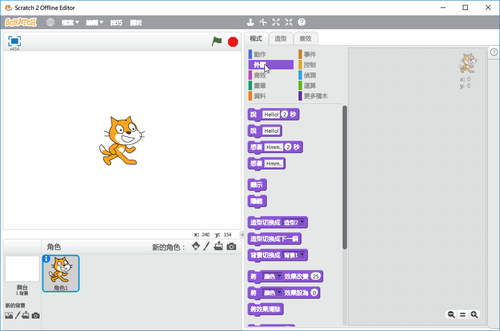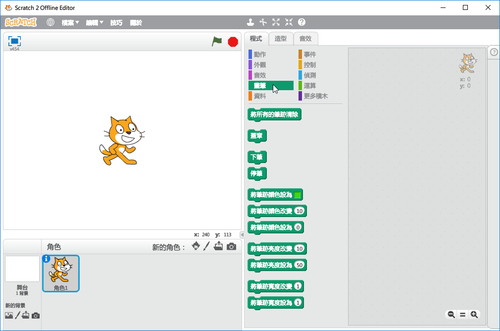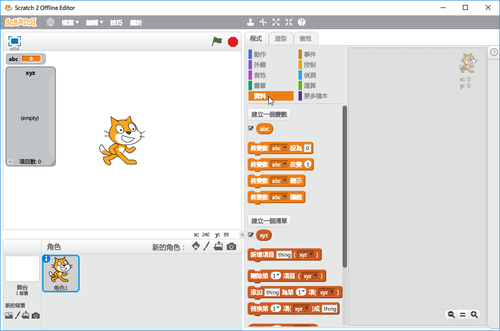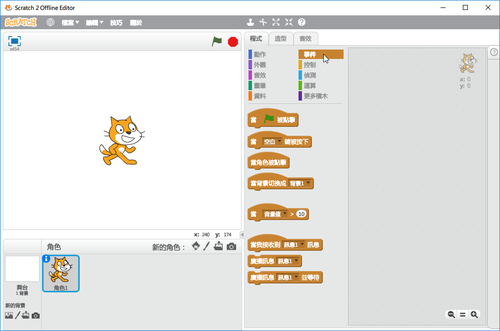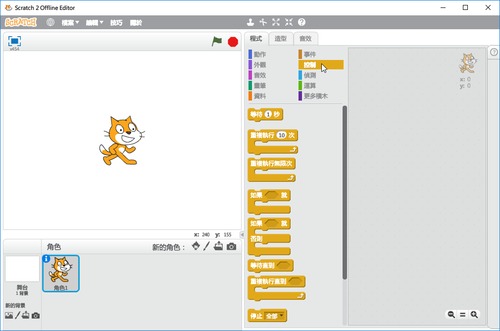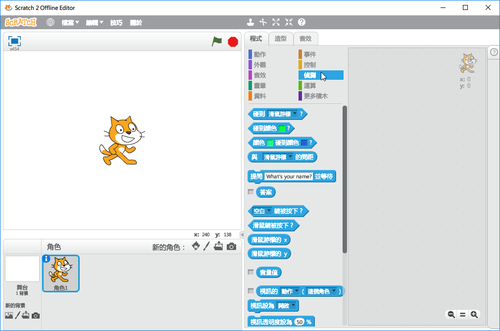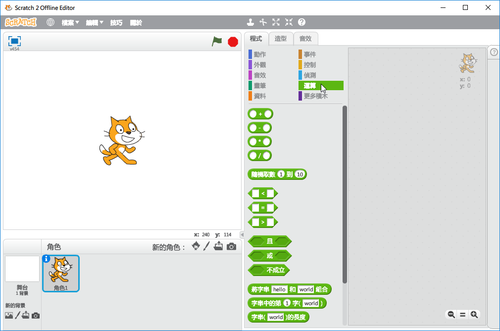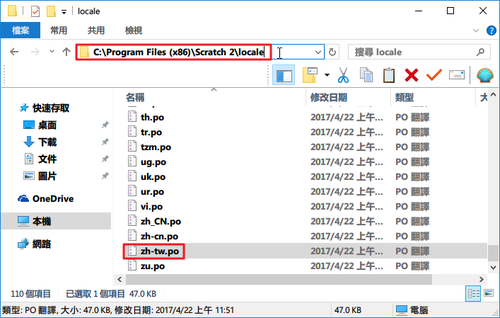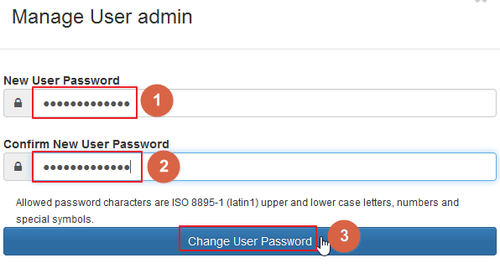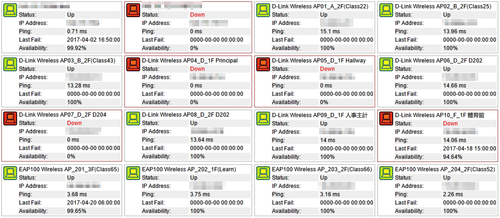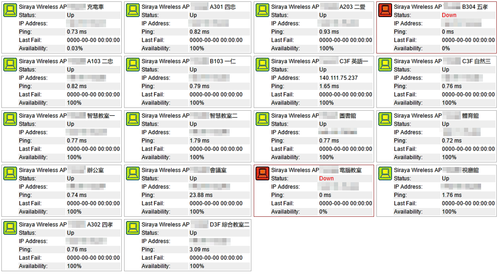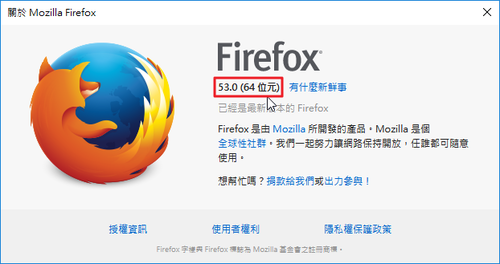參考網頁:
Suricata + Barnyard + BASE 安裝 – Neverland
底下參考自:讓Snort開始運作,Information Security 資安人科技網
Barnyard是一套用來讀取 Snort 統一輸出報表(Unified output)並將之轉存到資料庫的特製工具,並且會直接監視資料庫連線來預防資料的流失。統一輸出報表是 Snort3 種輸出報表的其中一個選項,它透過減輕 Snort 引擎中的有效負荷的傳輸(payload translation)來增快處理速度。
1. 安裝所需套件
# yum install git libtool libnet libnet-devel mariadb-devel daq-devel libyaml-devel file-devel libcap-ng-devel libpcap-devel libdnet-devel
2. 切換目錄
# cd /usr/local/src
3. 使用 git 下載 barnyard2
# git clone https://github.com/firnsy/barnyard2.git barnyard2
Cloning into ‘barnyard2’…
remote: Counting objects: 1292, done.
remote: Total 1292 (delta 0), reused 0 (delta 0), pack-reused 1292
Receiving objects: 100% (1292/1292), 1.04 MiB | 601.00 KiB/s, done.
Resolving deltas: 100% (896/896), done.[@more@]
4. 切換目錄
# cd barnyard2
5. 進行設定
# ./autogen.sh
Found libtoolize
libtoolize: putting auxiliary files in `.’.
libtoolize: copying file `./ltmain.sh’
libtoolize: putting macros in AC_CONFIG_MACRO_DIR, `m4′.
libtoolize: copying file `m4/libtool.m4′
libtoolize: copying file `m4/ltoptions.m4′
libtoolize: copying file `m4/ltsugar.m4′
libtoolize: copying file `m4/ltversion.m4′
libtoolize: copying file `m4/lt~obsolete.m4′
autoreconf: Entering directory `.’
autoreconf: configure.ac: not using Gettext
autoreconf: running: aclocal –force -I m4
autoreconf: configure.ac: tracing
autoreconf: running: libtoolize –copy –force
libtoolize: putting auxiliary files in `.’.
libtoolize: copying file `./ltmain.sh’
libtoolize: putting macros in AC_CONFIG_MACRO_DIR, `m4′.
libtoolize: copying file `m4/libtool.m4′
libtoolize: copying file `m4/ltoptions.m4′
libtoolize: copying file `m4/ltsugar.m4′
libtoolize: copying file `m4/ltversion.m4′
libtoolize: copying file `m4/lt~obsolete.m4′
autoreconf: running: /usr/bin/autoconf –force
autoreconf: running: /usr/bin/autoheader –force
autoreconf: running: automake –add-missing –copy –force-missing
configure.ac:11: installing ‘./config.guess’
configure.ac:11: installing ‘./config.sub’
configure.ac:8: installing ‘./install-sh’
configure.ac:8: installing ‘./missing’
autoreconf: Leaving directory `.’
You can now run “./configure” and then “make”.
6. 進行編譯及安裝
# ./configure –with-mysql –with-mysql-libraries=/usr/lib64/mysql
# make && make install
7. 複製檔案到相對應目錄
# cp /usr/local/src/barnyard2/rpm/barnyard2.config /etc/sysconfig/barnyard2
# cp /usr/local/src/barnyard2/rpm/barnyard2 /etc/init.d/
8. 更改檔案給予執行權限
# chmod +x /etc/init.d/barnyard2
9. 設定開機時啟動 barnyard2
# chkconfig –add barnyard2
10. 建立連結
# ln -s /usr/local/etc/barnyard2.conf /etc/suricata/barnyard2.conf
# ln -s /usr/local/bin/barnyard2 /usr/bin/
11. 建立目錄
# mkdir -p /var/log/snort/eth0/archive/
12. 修改 /etc/init.d/barnyard2
# sed -i -e “s@Snort Output Processor@Suricata Output Processor@” /etc/init.d/barnyard2
# sed -i -e “s@BARNYARD_OPTS=@#BARNYARD_OPTS=@” /etc/init.d/barnyard2
# sed -i -e “/daemon/iBARNYARD_OPTS=”-D -c /etc/suricata/barnyard2.conf -d /var/log/suricata -w /var/log/suricata/barnyard2.waldo -l /var/log/suricata -a /var/log/suricata -f unified2.alert -X /var/lock/subsys/barnyard2.pid”” /etc/init.d/barnyard2d2
13. 修改 /etc/sysconfig/barnyard2
# sed -i -e “s@LOG_FILE=@#LOG_FILE=@” /etc/sysconfig/barnyard2
# sed -i -e “/LOG_FILE=”snort_unified.log”/aLOG_FILE=”unified2.log“” /etc/sysconfig/barnyard2
# sed -i -e “s@CONF@#CONF@” /etc/sysconfig/barnyard2
# sed -i -e “s@SNORTDIR@#SNORTDIR@” /etc/sysconfig/barnyard2
# sed -i -e “/Probably not this either/aCONF=/etc/suricata/barnyard2.conf” /etc/sysconfig/barnyard2
# sed -i -e “/#SNORTDIR/aSNORTDIR=”/var/log/suricata”” /etc/sysconfig/barnyard2
14. 修改 /etc/suricata/barnyard2.conf
# cp /etc/suricata/barnyard2.conf /etc/suricata/barnyard2.conf.$(date +%F)
# sed -i ‘s@/etc/snort/reference.config@/etc/suricata/rules/reference.config@’ /etc/suricata/barnyard2.conf
# sed -i ‘s@/etc/snort/classification.config@/etc/suricata/rules/classification.config@’ /etc/suricata/barnyard2.conf
# sed -i ‘s@/etc/snort/gen-msg.map@/etc/suricata/rules/gen-msg.map@’ /etc/suricata/barnyard2.conf
# sed -i ‘s@/etc/snort/sid-msg.map@/etc/suricata/rules/sid-msg.map@’ /etc/suricata/barnyard2.conf
# sed -i -e “/database: log to a variety of databases/aoutput database: log, mysql, user=barnyard2 password=123456 dbname=suricatadb host=localhost” /etc/suricata/barnyard2.conf
15. 修改 /etc/suricata/suricata.yaml
# vim /etc/suricata/suricata.yaml
– unified2-alert:
enabled: yes
filename: unified2.alert
16. 建立資料庫及設定設用者帳號密碼
# /usr/bin/mysql -u root -p
MariaDB [(none)]> create database snortdb;
MariaDB [(none)]> grant all privileges on snortdb.* to barnyard2@localhost identified by ‘123456’;
MariaDB [(none)]> flush privileges;
17. 匯入資料
# /usr/bin/mysql suricatadb -ubarnyard2 -p123456 < /usr/local/src/barnyard2/schemas/create_mysql
18. 進行測試
# /usr/local/bin/barnyard2 -T -c /etc/suricata/barnyard2.conf -d /var/log/suricata -w /var/log/suricata/barnyard2.waldo -l /var/log/suricata -a /var/log/suricata -f unified2.alert -X /var/lock/subsys/barnyard2.pid
19. 如果有無法啟動的狀況
# vim /etc/systemd/system/barnyard2.service
[Unit]
Description=Barnyard2 Dedicated Unified2 Spooler
After=network.target
[Service]
Type=simple
ExecStart=/usr/local/bin/barnyard2 -c /etc/suricata/barnyard2.conf -d /var/log/suricata/ -w /var/log/suricata/barnyard2.waldo -l /var/log/suricata -a /var/log/suricata -f unified2.alert -X /var/lock/subsys/barnyard2.pid
[Install]
WantedBy=multi-user.target
20. 建立目錄及改變目錄擁有者群組
# mkdir /var/log/barnyard2
# chown -R suricata:suricata /var/log/barnyard2
21. 設定開機時啟動
# systemctl enable barnyard2.service
Created symlink from /etc/systemd/system/multi-user.target.wants/barnyard2.service to /etc/systemd/system/barnyard2.service.
22. 啟動並檢查
# systemctl start barnyard2
# systemctl status barnyard2.service
● barnyard2.service – Barnyard2 Dedicated Unified2 Spooler
Loaded: loaded (/etc/systemd/system/barnyard2.service; enabled; vendor preset: disabled)
Active: active (running) since Wed 2017-03-01 19:06:47 CST; 1min 18s ago
Main PID: 630 (barnyard2)
CGroup: /system.slice/barnyard2.service
mq630 /usr/local/bin/barnyard2 -c /etc/suricata/barnyard2.conf -d /var/log/suricata/ -f unified2.alert
Mar 01 19:07:24 ids barnyard2[630]: database: data encoding = hex
Mar 01 19:07:24 ids barnyard2[630]: database: detail level = full
Mar 01 19:07:24 ids barnyard2[630]: database: ignore_bpf = no
Mar 01 19:07:24 ids barnyard2[630]: database: using the “log” facility
Mar 01 19:07:24 ids barnyard2[630]: –== Initialization Complete ==–
Mar 01 19:07:24 ids barnyard2[630]: ______ -*> Barnyard2 <*-
Mar 01 19:07:24 ids barnyard2[630]: / ,,_ Version 2.1.14 (Build 337)
Mar 01 19:07:24 ids barnyard2[630]: |o” )~| By Ian Firns (SecurixLive): http://www.securixlive.com/
Mar 01 19:07:24 ids barnyard2[630]: + ”” + (C) Copyright 2008-2013 Ian Firns <firnsy@securixlive.com>
Mar 01 19:07:24 ids barnyard2[630]: Waiting for new spool file
23 安裝 Base + adodb (Web UI)
# cd /usr/local/src
# wget http://nchc.dl.sourceforge.net/project/adodb/adodb-php5-only/adodb-518-for-php5/adodb518a.tgz
# wget http://nchc.dl.sourceforge.net/project/secureideas/BASE/base-1.4.5/base-1.4.5.tar.gz
# tar zxvf base-1.4.5.tar.gz -C /var/www/html
# mv /var/www/html/base-1.4.5 /var/www/html/base
# chmod a+w /var/www/html/base
# tar zxvf adodb518a.tgz -C /var/www/html
# chmod a+w /var/www/html/adodb5
# 修改 /etc/php.ini
# vim /etc/php.ini
date.timezone = “Asia/Taipei”
error_reporting = E_ALL & ~E_NOTICE
找到
; UNIX: “/path1:/path2”
;include_path = “.:/php/includes”
底下增加一行
include_path => .:/usr/share/pear:/usr/share/php
24. 重新啟動 Web Server
# systemctl restart httpd
25. 更改目錄權限
# chmod a-w /var/www/html/base
# chmod a-w /var/www/html/adodb5



